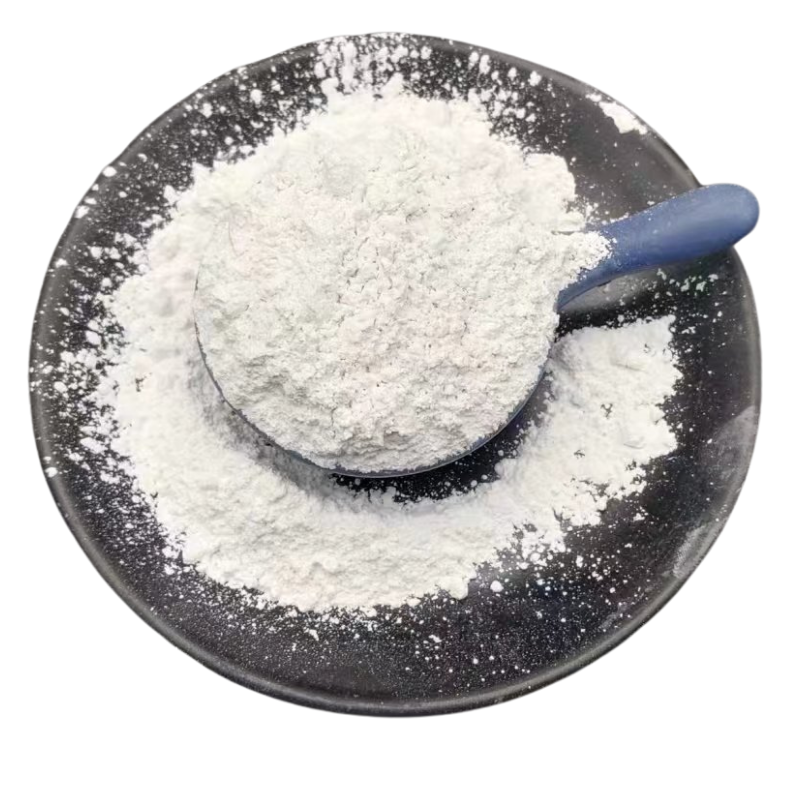
Exploring the Properties and Applications of Class F Fly Ash in Construction Materials
Exploring Class F Fly Ash Properties and Applications
Fly ash, a byproduct of coal combustion in power plants, has garnered significant attention for its utility in various engineering applications. Among the different types of fly ash classified primarily based on their chemical composition and physical properties, Class F fly ash stands out as a material with considerable potential. This article delves into the characteristics, benefits, and diverse applications of Class F fly ash, emphasizing its growing importance in sustainable construction practices.
Characteristics of Class F Fly Ash
Class F fly ash is derived from burning anthracite or bituminous coal and is characterized by its high silica content, typically exceeding 70%. Unlike Class C fly ash, which contains a significant amount of calcium oxide, Class F fly ash often has lower calcium levels, which influences its properties and usability. The pozzolanic nature of Class F fly ash means that it can react with calcium hydroxide in the presence of water to form compounds that contribute to the strength and durability of cementitious materials.
This type of fly ash also exhibits excellent fineness and a spherical shape, which enhances its workability when mixed with concrete. Class F fly ash typically has a lower water demand compared to other supplementary cementitious materials (SCMs), leading to improved workability and reduced permeability in concrete mixes.
Environmental Benefits
One of the most compelling reasons for utilizing Class F fly ash is its environmental benefit. The production and disposal of fly ash present significant environmental challenges, primarily associated with the greenhouse gas emissions from coal-fired power plants and the management of waste materials. By incorporating Class F fly ash into construction materials, engineers can significantly reduce the carbon footprint of concrete production.
Using fly ash in concrete not only recycles a waste product but also reduces the amount of Portland cement required. Traditional cement production is a major contributor to carbon dioxide emissions; therefore, substituting even a portion of cement with Class F fly ash can lead to significant reductions in emissions. Moreover, fly ash concretely improves longtime durability by enhancing resistance to sulfate attack and reducing the permeability of concrete, thus prolonging the lifespan of structures.
class f fly ash

Applications in Construction
The applications of Class F fly ash are diverse and critical in modern construction practices. It can be used as a partial replacement for Portland cement in concrete production, often in proportions ranging from 15% to 30% by weight. This substitution not only improves the performance characteristics of concrete but also reduces the overall cost of materials.
Class F fly ash is frequently employed in various types of concrete applications, including structural elements like beams, columns, and slabs. It is particularly advantageous in mass concrete applications, where its low heat of hydration helps mitigate cracking. Additionally, Class F fly ash is used in the manufacturing of concrete blocks, precast products, and even controlled low-strength material (CLSM), showcasing its versatility.
Beyond concrete, Class F fly ash has been utilized in soil stabilization projects. Its pozzolanic behavior can improve the engineering properties of soils, making it a valuable material for addressing geotechnical challenges in construction.
Conclusion
The relevance of Class F fly ash in the construction industry cannot be overstated. As the need for sustainable building practices becomes more critical, the use of this pozzolanic material offers a practical solution to waste management and environmental concerns. By integrating Class F fly ash into construction materials, industry stakeholders can contribute to reducing carbon emissions, enhancing material performance, and promoting a circular economy.
As research and technology continue to evolve, the potential applications of Class F fly ash are expected to expand further. Its incorporation into innovative building materials and methods highlights the importance of rethinking and reusing industrial byproducts, ultimately leading to more sustainable and resilient construction practices for the future. As we move forward, embracing materials like Class F fly ash will be essential in our efforts to build a greener, more sustainable infrastructure.
Share
-
Premium Resin Coated Sand - High Heat Resistance CastingNewsJul.31,2025
-
High Quality Silicon Carbide Grit for Abrasive ApplicationsNewsJul.30,2025
-
High-Quality Ceramsite for Plants & Gardening | Lightweight PebblesNewsJul.29,2025
-
Premium Burgundy Glass Marbles for Vases & Shooter GamesNewsJul.29,2025
-
High Purity Quartz Sand for Industrial and Ground ApplicationsNewsJul.29,2025
-
High-Quality Barite Powder for Drilling & Industrial UseNewsJul.29,2025






